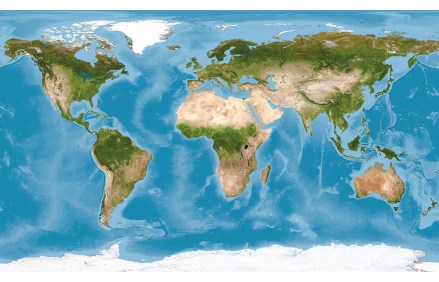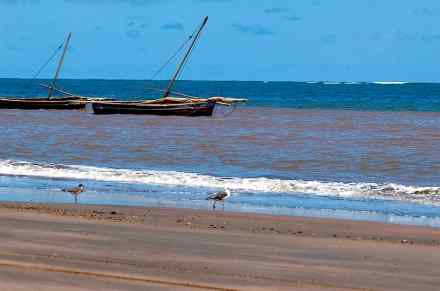Our future life on Earth depends on the state of the ocean
When we observe the ocean we rarely peek beneath its surface. As Helen Czerski shows in her lively and engrossing account of the physics of ocean spaces, we would not see much anyway. Sounds travel well in water, and blue whales talk to one another across thousands of miles; but light soon disappears, apart from the glow emitted by luminous fish. Historians of the oceans (myself included) have looked at how, when and why people have crossed the surface of these spaces, uninhabitable except in the security of a boat or on islands, such as those in Polynesia with which Czerski begins her book. But we need to dive deeper.



